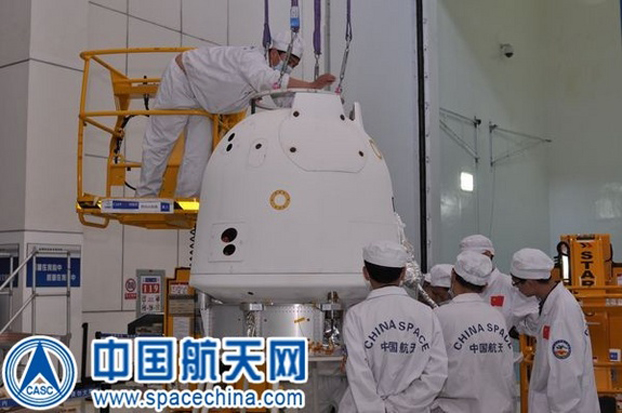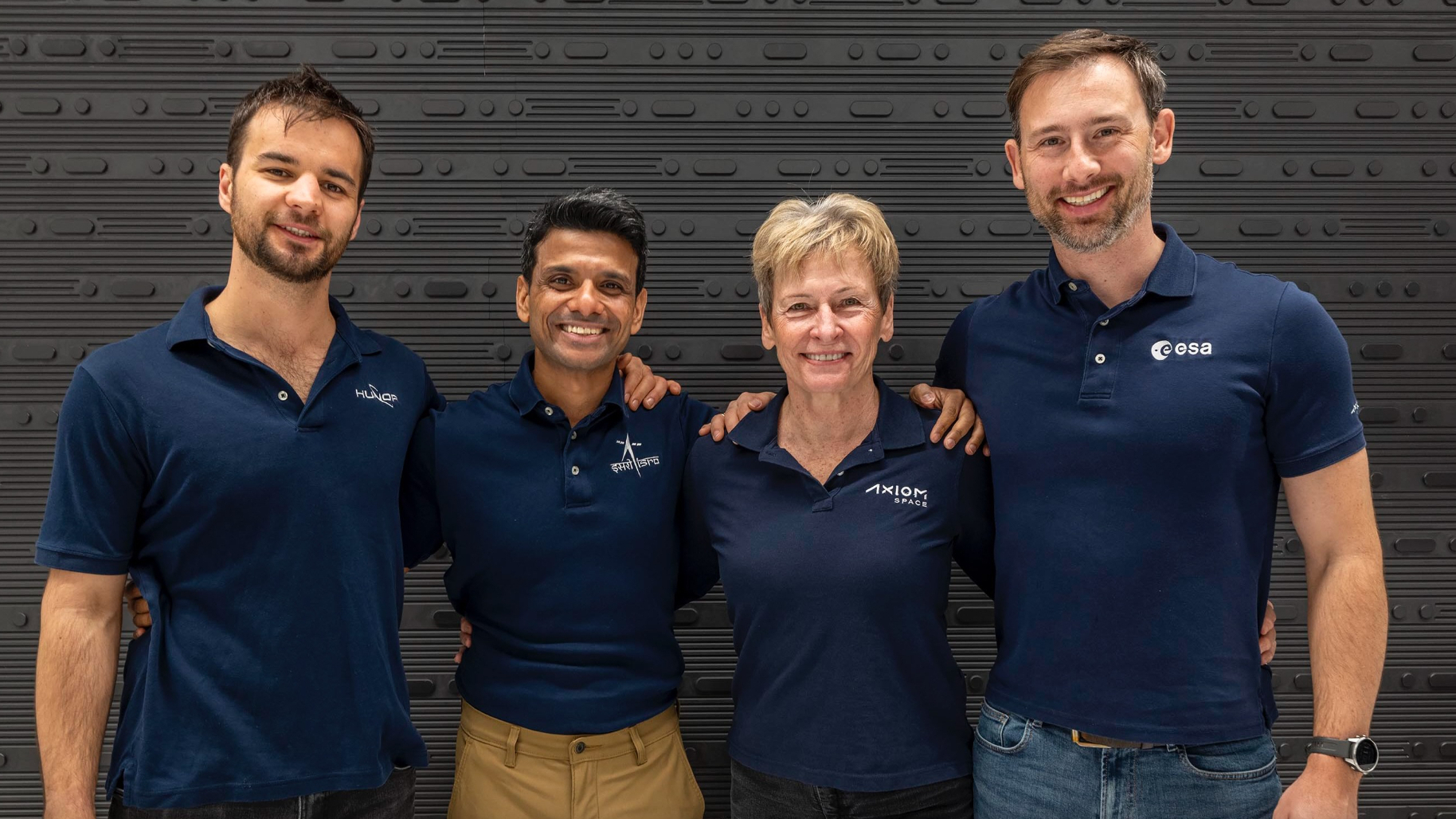
A Chinese moon probe came screaming back to Earth Friday (Oct. 31), just as many folks were heading out to go trick-or-treating.
China's latest moon mission, which some people are calling Chang'e 5 T1, returned to Earth at around 6 p.m. EDT Friday (6 a.m. Saturday local Chinese time), ending an eight-day unmanned flight designed to test out technology for a future lunar sample-return project.
Chang'e 5 T1 launched on Oct. 23 atop a Long March 3C rocket, then completed a flyby of the moon before swinging back toward home. The mission sent a test capsule barreling into Earth's atmosphere Friday at 25,000 mph (40,000 km/h); the capsule survived the harrowing trip intact and touched down as planned in north China's Inner Mongolia Autonomous Region, the state-run Xinhua news agency reported. [Greatest Moon Missions of All Time]
Chinese officials said the data gathered during the mission should help researchers design and build a capsule that will bring lunar rocks and dirt to Earth, which China hopes to accomplish by 2017.
China is currently embarked on an ambitious moon-exploration program that started in 2007 with the launch of the Chang'e 1 lunar orbiter. Chang'e 2, another orbiter, followed in 2010, and in December 2013 the Chang'e 3 mission put China's first lunar rover down on the moon. ("Chang'e" is a moon goddess in Chinese mythology.)
The country also aims to put people on the moon, perhaps sometime in the 2020s.

Chang'e 5 T1 also carried the first private mission to the moon as a piggyback payload. Luxembourg-based LuxSpace's 4M mission hitched a ride on the Long March 3C, then stayed attached to the rocket's upper stage for a lunar flyby and return to Earth.
Breaking space news, the latest updates on rocket launches, skywatching events and more!
The 31-pound (14 kilograms) 4M payload and the rocket stage were expected to end up circling Earth rather than re-enter the planet's atmosphere.
The 4M mission has been transmitting signals continuously during its trip to the moon and back, and LuxSpace wanted radio amateurs around the world to tune in; their data could help develop and demonstrate a new crowd-based spacecraft tracking and navigation system, mission team members said. 4M also carries gear to measure radiation levels in Earth-moon space.
The private mission was partly an homage to Manfred Fuchs, the founder of LuxSpace's parent company OHB, who died in April. (4M stands for "Manfred Memorial Moon Mission.") The entire cost of 4M is less than $1 million, LuxSpace representatives have said.
Follow Mike Wall on Twitter @michaeldwall and Google+. Follow us @Spacedotcom, Facebook or Google+. Originally published on Space.com.
Join our Space Forums to keep talking space on the latest missions, night sky and more! And if you have a news tip, correction or comment, let us know at: community@space.com.

Michael Wall is a Senior Space Writer with Space.com and joined the team in 2010. He primarily covers exoplanets, spaceflight and military space, but has been known to dabble in the space art beat. His book about the search for alien life, "Out There," was published on Nov. 13, 2018. Before becoming a science writer, Michael worked as a herpetologist and wildlife biologist. He has a Ph.D. in evolutionary biology from the University of Sydney, Australia, a bachelor's degree from the University of Arizona, and a graduate certificate in science writing from the University of California, Santa Cruz. To find out what his latest project is, you can follow Michael on Twitter.
